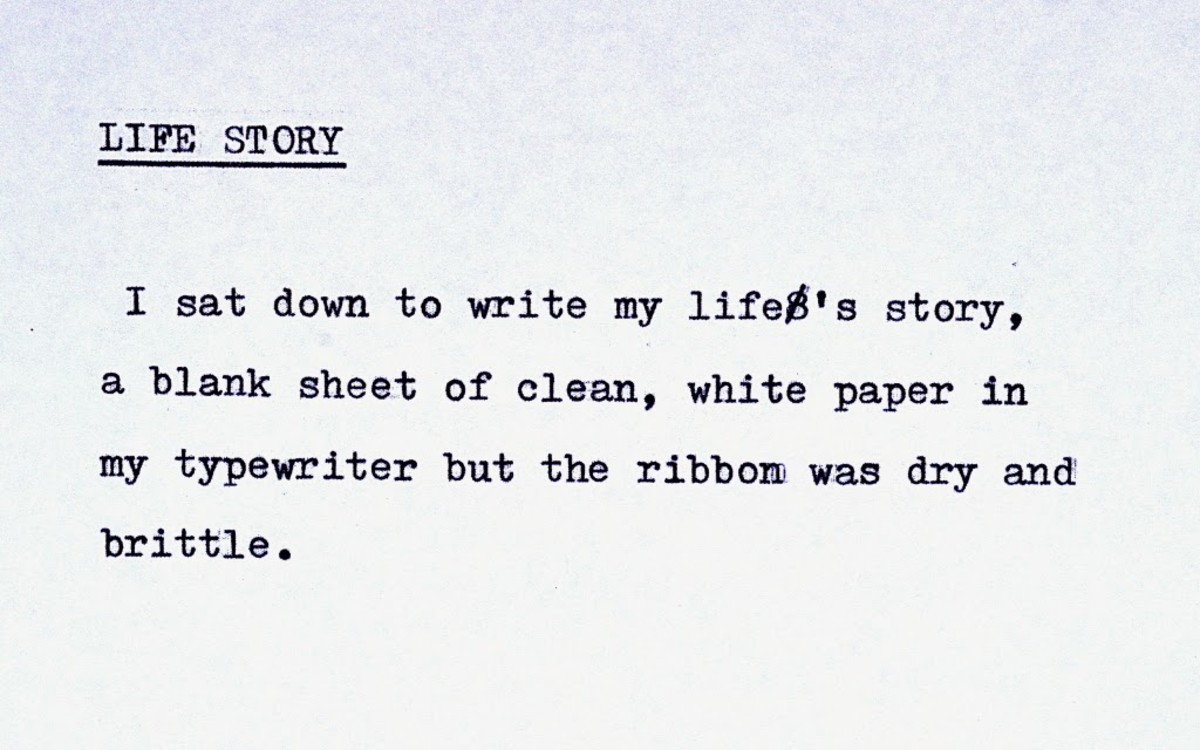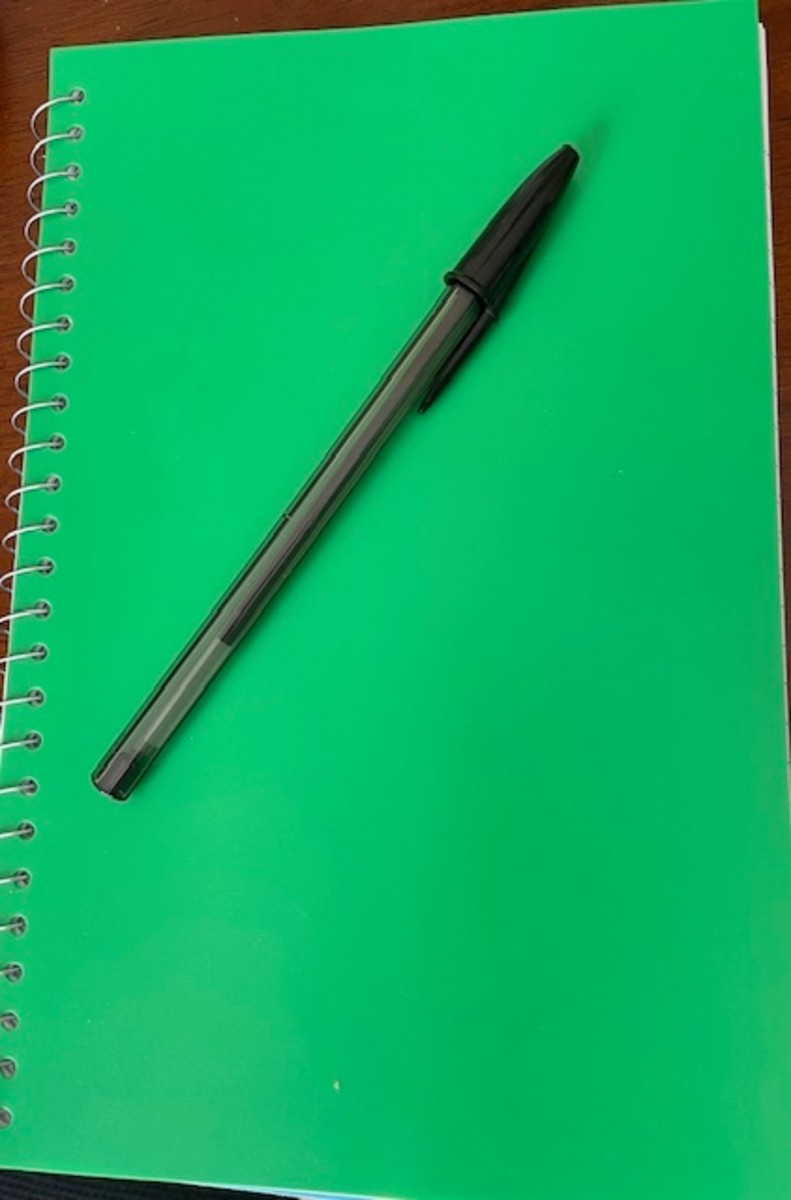9 Productive Writing Exercises
Produce Something While Fighting Writer's Blocks
Like most writers, you'd probably like to write every day. Some writers have a hard time deciding what to write on days when they just can't seem to write what they are supposed to be writing. Some use exercises or prompts to get their thoughts flowing and to kick-start their writing. Some writers uses them to clear writer's block.
None of those exercises are a waste of time because they get the words on pages and, as many realize, writing begets more writing, usually including what one ought to be writing. However, some still feel as if such exercises are a waste of time, at least on some level.
To silence that inner voice telling me I'm wasting my time I came up with a series of exercises and prompts that have a high potential to produce salable or at least shareable material. If I find myself feeling guilty about doing exercises instead of creating something I can do something with afterward, I complete one of the writing exercises below. As you can see, they have resulted in a few articles, including some I've posted on this website.
A Sub-Viral Tutorial Written Using the "How To" Prompt
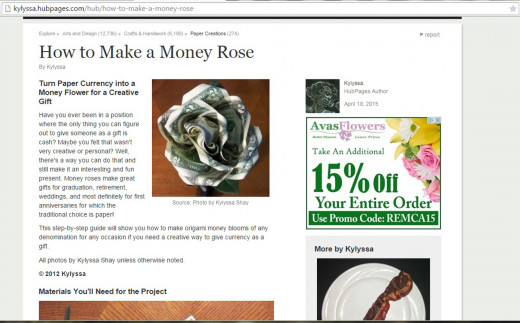
How To
Think of something you do well. Maybe you make the perfect eggs over easy, eat ice-cream cones without dripping, or excel at fixing cars with improvised tools. For every thing you know how to do exceptionally well (or at least reasonably well) there's at least someone who hasn't a clue who would like to know how to do it half as well.
1. Explain what the thing you do well is and why you do it well.
2. Tell the reader, step-by-step how to do it.
3. Explain how it should look/smell/taste/sound/feel and/or function when the task has been successfully completed.
When you have completed this, you will have a rough draft of a How To or DIY article.
Satire Produced by the "How Not To" Writing Prompt

How Not To
Humor/Satire
Think of something you do very well and lots of other people seem to suck at. Maybe you are great at dying hair but you've seen way too many people walking around with bad dye jobs or perhaps you excel at operating the office copying machine and you've noticed everyone else just asks you to do the copying. For every thing you know how to do exceptionally well (or at least reasonably well) there's at least someone who does it so badly it's almost beyond your comprehension. Now think of what action would be the opposite of what you do well. Perhaps you could write about how to give a terrible dye job or how to avoid having to use the copying machine by demonstrating your incompetence. Any complete opposite of expertise will make a good topic.
1. Briefly explain your expertise.
2. Using examples, either generic or specific, explain how you've noticed other people having such terrible problems with the task they almost seem to be trying to fail.
3. Write down what you imagine the possible motivation behind each of the ways people screw up this task could be.
4. Tell the reader to do the exact opposite of what you know is needed for the task to succeed.
By the time you have finished you should be able to confidently tell people how to screw up anything you know how to do well.
An Informational Article Created Using the "Let Me Tell You About" Exercise
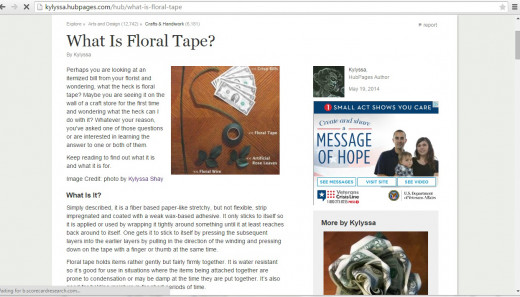
Let Me Tell You About
Results in an informational article
Think of a person, animal, place, or thing you know a lot about, something that requires virtually no research for you to knowledgably discuss. Perhaps you know a lot about elbow macaroni, electric trains, or elephants. Almost any subject will do.
1. Explain how you know about your subject.
2. Describe its physical appearance.
3. Describe its behavioral characteristics.
4. Make note of where your subject lives or can be found.
5. Explain how your subject relates to your readers specifically or to humanity in general.
6. Provide at least three interesting facts about your subject.
When you have finished this exercise, you will have at least the bare bones of an article.
A Tribute Written with the "What It's Like To..." Prompt
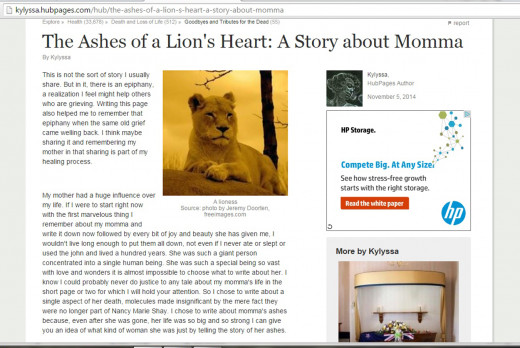
What It's Like To...
Results in some non-fiction
Think of an activity you have participated in, the more unusual, the better but ordinary activities will work, too. It could be anything from going fly fishing, to buying a puppy, to streaking across campus, to joining the armed services.
1. Explain how or why you found yourself performing the activity.
2. Write about the feelings you experienced just before doing it.
3. Write about what happened around you and what you did, including what you were feeling.
4. Write about what happened afterward and/or how you felt about the activity being over.
5. Tell your readers whether or not you'd do it again if you could and explain why.
By the time you've finished you should have a rough draft of a non-fiction story about something that happened in your life.

It Happened to Me
Non-fiction story-telling
Think of a traumatic or otherwise life-changing experience you survived or lived through. It could be as minor a happening as enduring a long car ride with rude relatives or as horrible as seeing a loved one murdered.
1. Write about what was happening or what you were doing moments before the incident.
2. Explain how you knew it was happening or that it had happened. If it occurred in your presence, this would be a recounting of the event itself and how it made you feel, if it didn't, this can be a recounting of how you found out and how it made you feel.
3. Explain how you reacted and what you did next.
4. Tell your readers how you felt then and how you feel about it now.
When you're done you will have a non-fiction story of dealing with loss, trauma, or some other hardship. At the very least, it will likely be therapeutic for you on some level.

If Only I Had
Seed for fiction
Everyone has memories of things they wish they'd handled differently. Our lives seem to be full of what ifs we'll never get to answer. Choose one situation you really wish you had a second chance at and write the story of what would have happened if you had only done that thing you wish you had.

Something Worse Can Always Happen
Fiction seed
Think about a time when you got off way easier than you deserved. Maybe you were mowing the lawn in flip-flops and the lawnmower sucked one of them in and shredded it. Obviously, things could have gone a lot worse. Imagine what would have happened if things had gone worse. Now write the story of what you think would have happened if you'd been just a little less lucky.
An Editoral Written Using the "You're Probably Mistaken" Prompt
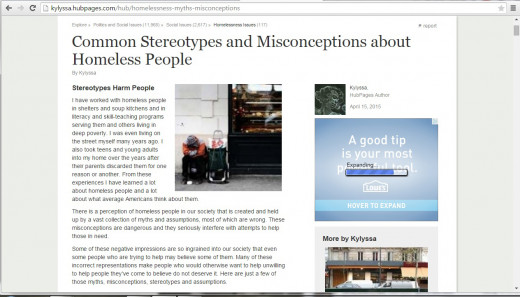
You're Probably Mistaken
Editorial seeds
If you are anything like I am, you are sure to have noticed something a lot of people seem to have incorrect information about. Tell your readers what those people erroneously think to be true and explain why they are wrong. Examples will make your editorial stronger.
I've Got a Feeling
Editorial seeds
Almost everyone has something he or she notices other people doing that he or she feels strongly about. Explain what it is and explain why you feel that it is right or wrong. Examples with sources will make your argument stronger.
- 10 Writing Exercises to Tighten Your Writing
Invigorate your mind and take a new approach with these ten writing exercises to tighten up your writing.
© 2012 Kylyssa Shay



